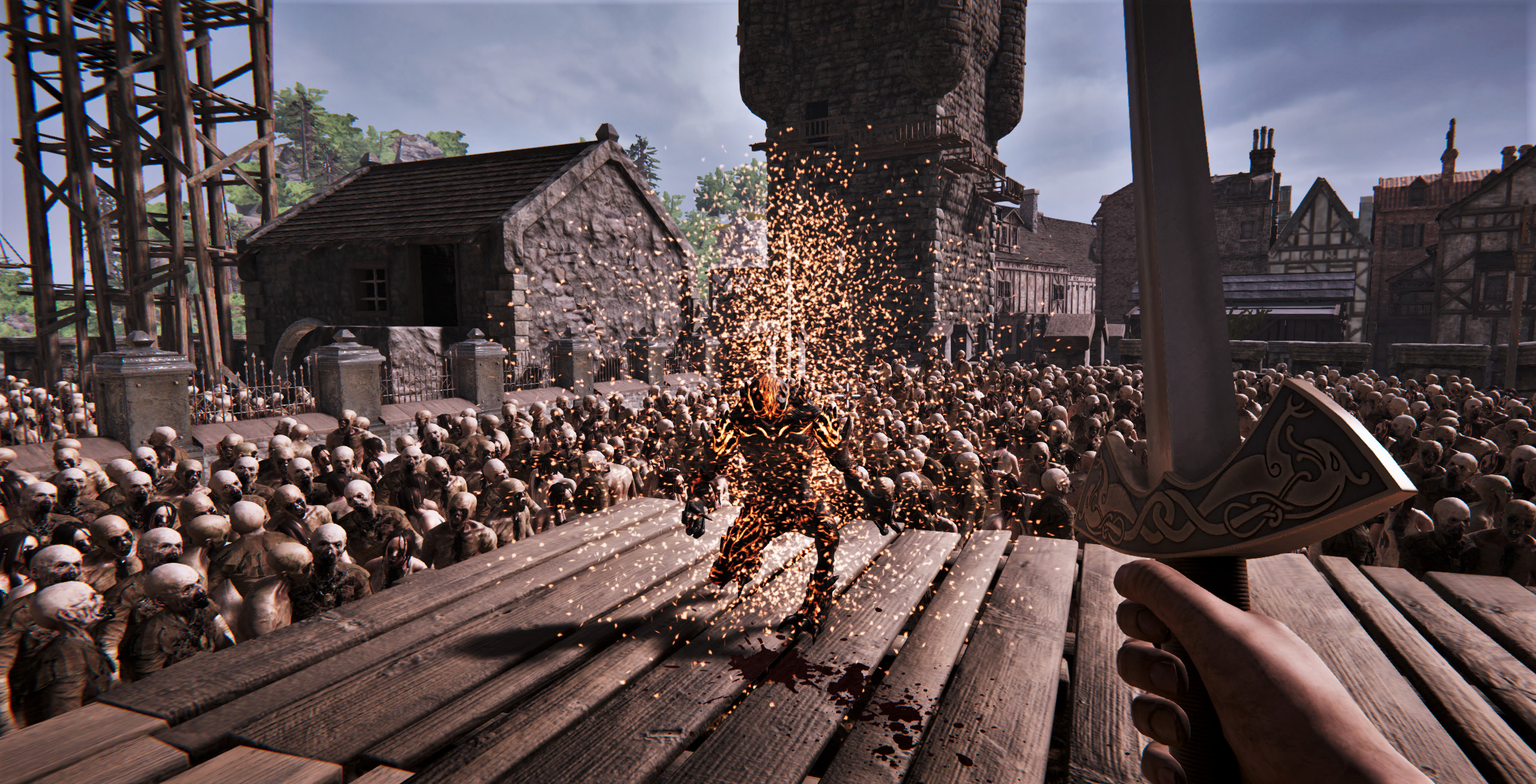

There began to appear more cynical and heretical parodies of the Mass, also written in ecclesiastical Latin, known as "drinkers' Masses" and "gamblers' Masses," which lamented the situation of drunk, gambling monks, and instead of calling to "Deus" (God), called to " Bacchus" (the Roman god of wine) and "Decius" (the god of dice, which were used in gambling).

Though often condemned, practitioners of such activities, called " Goliards", continued despite the Church's disapproval.Īnother result of the surplus of (sometimes disillusioned) clerical students was the appearance of the Latin writings of the Goliards and wandering clerics ( clerici vagantes). Some of these became quasi-tolerated practices at times-though never accepted by official Church authorities-such as a festive parody of the Mass called " The Feast of Asses", in which Balaam's ass (from the Old Testament) would begin talking and saying parts of the Mass. Also within the Church, the ritual of the Mass was sometimes reworked to create light-hearted parodies of it for certain festivities. In the 12th and 13th centuries there was a great surplus of clerics and monks who might be inclined to perform these Masses, as younger sons were often sent off to religious universities, and after their studies, needed to find a livelihood. Although these practices were condemned by Church authorities as superstitious and sacrilegious abuses, they still occurred secretively. As these types of personal prayers within the Mass spread, the institution of the Low Mass became quite common, where priests would hire their services out to perform various Masses for the needs of their clients ( Votive Masses)-such as blessing crops or cattle, achieving success in some enterprise, obtaining love, or even cursing enemies (one way this latter was done was by inserting the enemy's name in a Mass for the dead, accompanied by burying an image of the enemy). These practices became especially prevalent in France (see Pre-Tridentine Mass). Within the Church, the rite of the Mass was not completely fixed, and there were places at the end of the Offertory for the Secret prayers, when the priest could insert private prayers for various personal needs. Sixteenth century woodcut depicting Black Mass Medieval Roman Catholic parodies and additions to the Mass He also alleges that, whenever one of the women in their church was experiencing her period, they would take her menstrual blood and everyone in the church would eat it as part of a sacred ritual.

The fourth-century AD heresiologist Epiphanius of Salamis, for instance, claims that a libertine Gnostic sect known as the Borborites engaged in a version of the Eucharist in which they would smear their hands with menstrual blood and semen and consume them as the blood and body of Christ respectively. Some of these rituals were of a sexual nature. However, as early Christianity became more established and its influence began to spread, the early Church Fathers began to describe a few heretical groups practicing their own versions of Masses. In general, its various liturgies followed the outline of Liturgy of the Word, Offertory, Liturgy of the Eucharist and Benediction, which developed into what is known as the Mass. The Catholic Church regards the Mass as its most important ritual, going back to apostolic times. Rhodes' book The Satanic Mass published in London in 1954, and there is now a range of modern versions of the Black Mass performed by various groups. In the 19th century the Black Mass became popularized in French literature, in books such as Satanism and Witchcraft, by Jules Michelet, and Là-bas, by Joris-Karl Huysmans. It has allegedly existed for centuries in different forms and is directly based on, and is intentionally a sacrilegious and blasphemous mockery of, a Catholic Mass. The Guibourg Mass by Henry de Malvost, from the book Le Satanisme et la magie by Jules Bois, Paris, 1903Ī Black Mass is a ceremony typically celebrated by various Satanic groups.


 0 kommentar(er)
0 kommentar(er)
